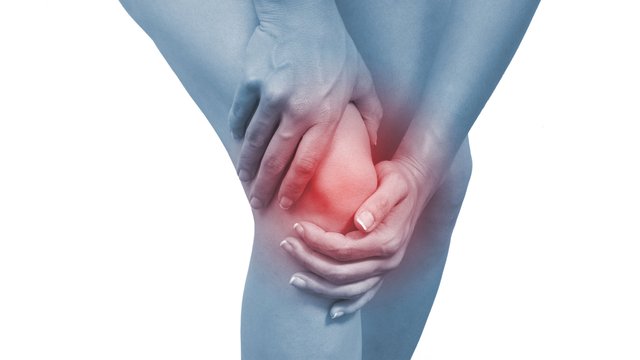
The most common type of arthritis is osteoarthritis (OA), affecting nearly 27 million Americans. It’s a degenerative joint disease which is characterized by a breakdown of cartilage, the tissue that envelops the end of your bones. Cartilage is responsible for allowing your bones to move smoothly. OA commonly affects the hips, hands, lower back, knees, and neck.
Here are some tips on how you can ease the pain caused by your osteoarthritis condition:
- Weight loss
One of the most helpful methods in relieving pain from osteoarthritis is weight loss. A study done by Penn State College of Medicine discovered that people who lost weight and received no other OA treatments experienced a great improvement in their quality of life. Their abilities to participate in sports and perform day-to-day tasks improved substantially. - Exercise
Pain from osteoarthritis can make exercising difficult. But, they are great at strengthening tissues and muscles around the joint. As a result, they work great at reducing inflammation and pain. Try exercises like cycling, aquatics, and walking, which can burn calories and build strength. - Use cold and hot compresses
Reusable cold packs are convenient and are great at reducing inflammation and pain. Just make sure you don’t apply them to your skin for more than 20 minutes at a time. A few minutes in a hot tub or a small heating pad can also loosen stiff joints and make it easier to perfomr movements. - Take medication and dietary supplements
Acetaminophen is good at relieving pain for OA, but it won’t address the inflammation. Naproxen and ibuprofen, however, can reduce your pain and inflammation. Just don’t overuse these as that can lead to kidney or liver problems. Your doctor can prescribe an analgesic such as tramadol for a short-term if over-the-counter medications don’t help you much. Supplements like chondroitin sulfate and glucosamine are also great at repairing damaged cartilage. - Use braces, splints, inserts, and physical therapy
There are times when removing the load from an arthritic joint or immobilizing it can reduce pain and inflammation. You can use special splints or knee braces. These devices will in no way treat your cause of pain, but they are helpful in easing your symptoms. You can also talk to a physical therapist to see which exercises and stretches can help you improve your range of motion and strengthen your muscles. - Consider shots and injections
If the methods discussed above don’t help, you might want to consider a corticosteroid injection, which reduces inflammation and may reduce pain. Another great treatment method to consider is stem cell therapy for osteoarthritis. It’s a fairly new method that has shown to provide very effective results. Researchers are still conducting further studies on it, however. - Undergo surgery
If none of the treatment methods are effective for you than surgery may be your only option. Procedures include:
Osteotomy. This consists of realigning your leg to transfer the force of your joint away from the problem area.
Bone fusion. This procedure increases stability and reduces pain but eliminates the flexibility of the joint.
Joint replacement. Replacing your damaged joint surfaces with plastic or metal components may last 20 years and allow you to return to an active lifestyle.